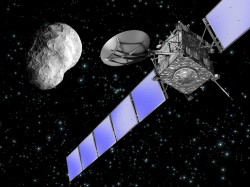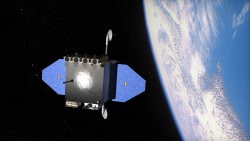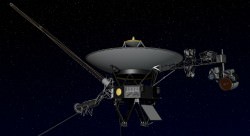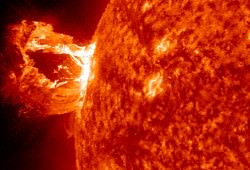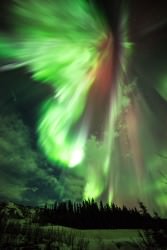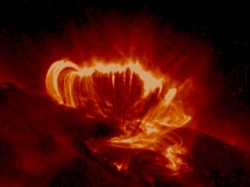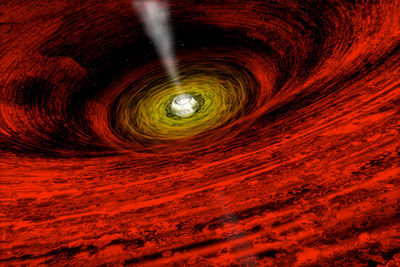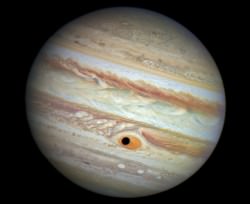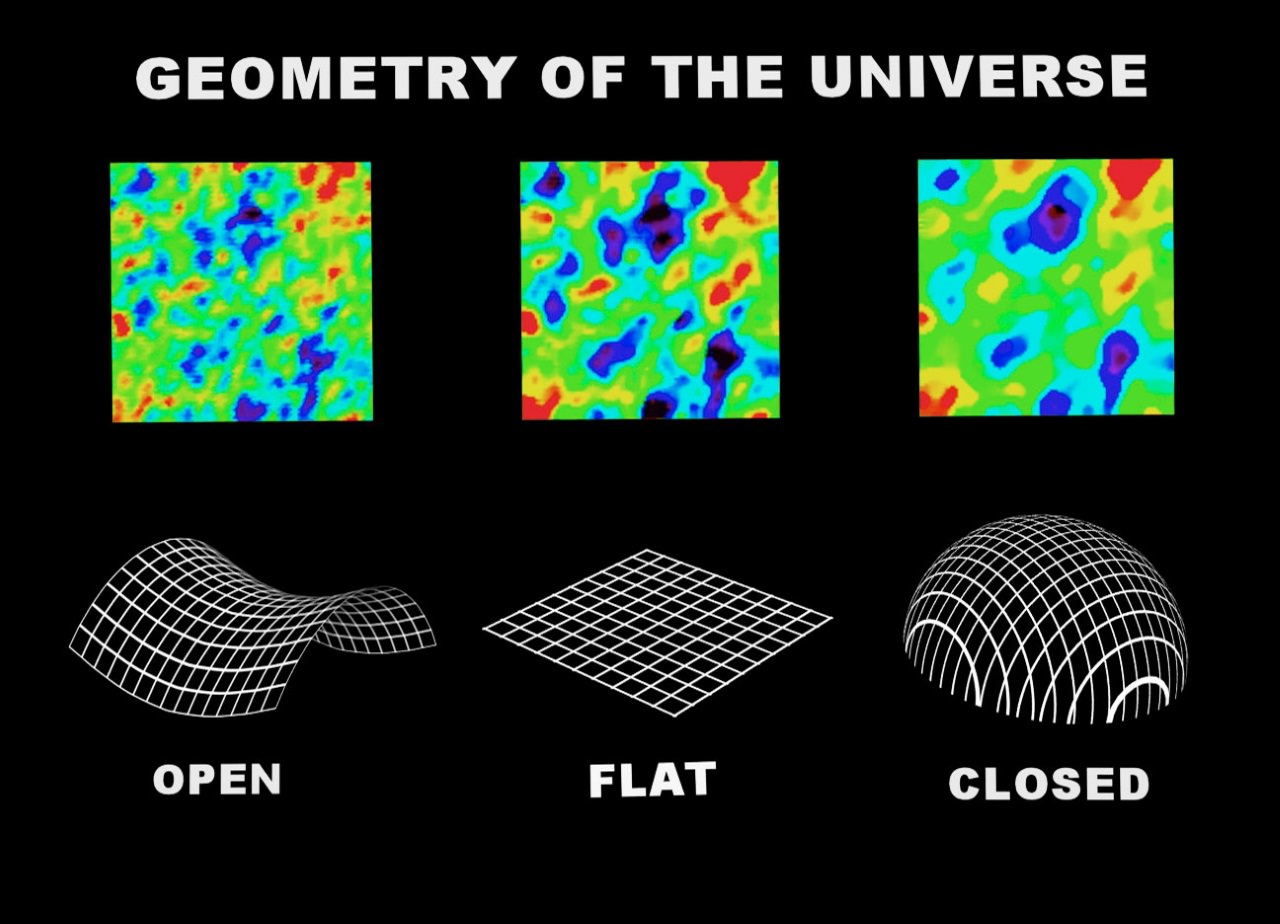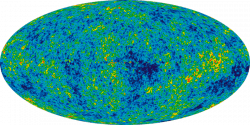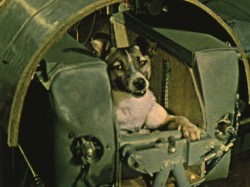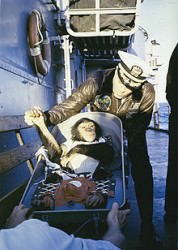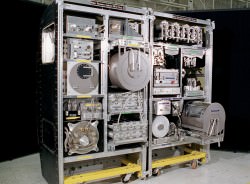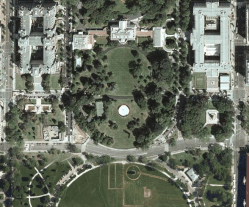The Solar System is 4.5 billion years old, but the Universe is much older. What was here before our Solar System formed?
The Solar System is old. Like, dial-up-fax-machine-old. 4.6 billion years to be specific. The Solar System has nothing on the Universe. It’s been around for 13.8 billion years, give or take a few hundred million. That means the Universe is three times older than the Solar System.
Astronomers think the Milky Way, is about 13.2 billion years old; almost as old as the Universe itself. It formed when smaller dwarf galaxies merged together to create the grand spiral we know today. It turns out the Milky Way has about 8.6 billion years of unaccounted time. Billions and billions of years to get up to all kinds of mischief before the Solar System showed up to keep an eye on things.
Our Galaxy takes 220 million years to rotate, so it’s done this about 60 times in total. As it turns, it swirls and mixes material together like a giant space blender. Clouds of gas and dust come together into vast star forming regions, massive stars have gone supernova, and then the clusters themselves have been torn up again, churning the stars into the Milky Way. This happens in the galaxy’s spiral arms, where the areas of higher density lead to regions of star formation.
So let’s go back, more than 4.6 billion years, before there was an Earth, a Sun, or even a Solar System. Our entire region was gas and dust, probably within one of the spiral arms. Want to know what it looked like? Some of your favorite pictures from the Hubble Space Telescope should help.
Here’s the Orion, Eagle, and the Tarantula Nebulae. These are star forming regions. They’re clouds of hydrogen left over from Big Bang, with dust expended by aging stars, and seeded with heavier elements formed by supernovae.
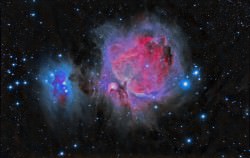
After a few million years, regions of higher density began forming into stars, both large and small. Let’s take a look at a star-forming nebula again. See the dark knots? Those are newly forming stars surrounded by gas and dust in the stellar nursery.
You’re seeing many many stars, some are enormous monsters, others are more like our Sun, and some smaller red dwarfs. Most will eventually have planets surrounding them – and maybe, eventually life? If this was the environment, where are all those other stars?
Why do I feel so alone? Where are all our brothers and sisters? Where’s all the other stuff that’s in that picture? Where’s all my stuff?
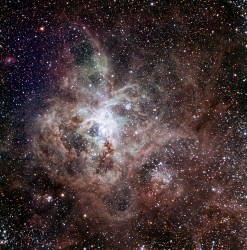
Apparently nature hates a messy room and a cozy stellar nest. The nebula that made the Sun was either absorbed into the stars, or blown away by the powerful stellar winds from the largest stars. Eventually they cleared out the nebula, like a fans blowing out a smoky room.
At the earliest point, our solar nebula looked like the Eagle Nebula, after millions of years, it was more like the Pleiades Star Cluster, with bright stars surrounded by hazy nebulosity. It was the gravitational forces of the Milky Way which tore the members of our solar nursery into a structure like the Hyades Cluster. Finally, gravitational interactions tore our cluster apart, so our sibling stars were lost forever in the churning arms of the Milky Way.
We’ll never know exactly what was here before the Solar System; that evidence has long been blown away into space. But we can see other places in the Milky Way that give us a rough idea of what it might have looked like at various stages in its evolution.
What should we call our original star forming nebula? Give our own nebula a name in the comments below.



